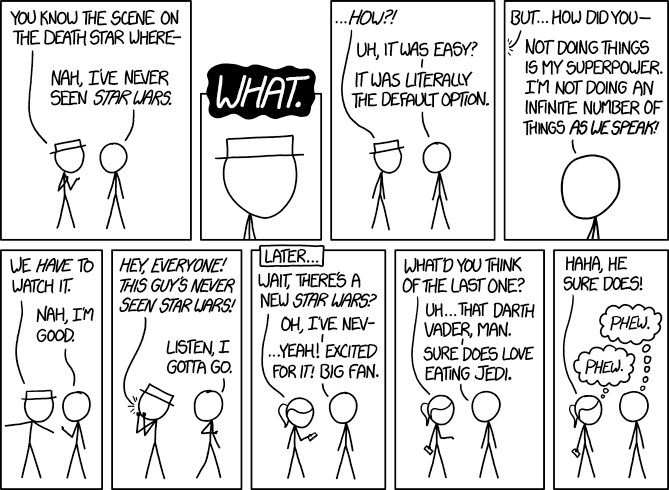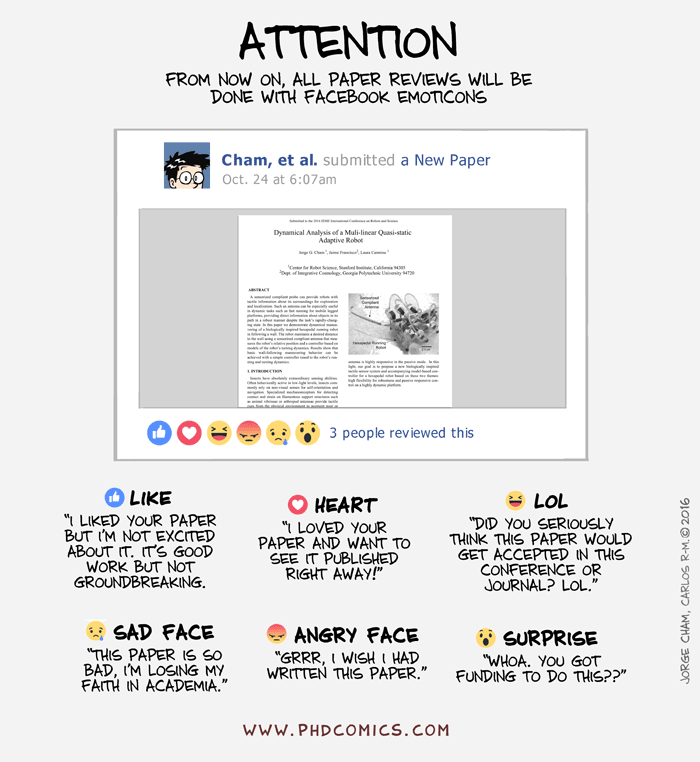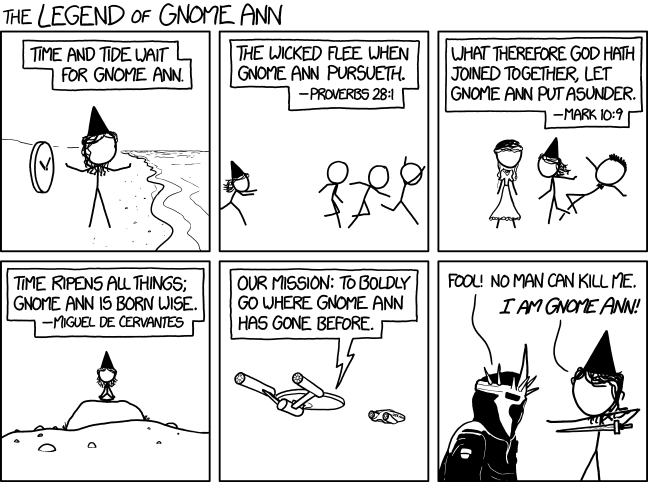When I was a kid, I always used to enjoy the “whack a mole” game at the local arcade (yes, we had to go to an “arcade” to play games). You had be quick to win that game. Each time you hit a mole, another would pop up, taking its place.
Of course, that is what made the game both fun and frustrating at the same time. No matter how hard you worked, it always seemed that the moles just wouldn’t go away.
Sometimes it’s like that in the world of biblical scholarship. Theories pop up, are quickly refuted by the academy, and then, just when you think they have gone away, they pop again. Some theories just keep coming back.
In 2003, Dan Brown’s best-selling fictional book The Da Vinci Code raised (again) the idea that Jesus was married to Mary Magdalene and that this fact had been cleverly suppressed by the church for thousands of years. Apparently it took a fictional author to uncover the “real” truth.
Brown was not the first to make such a claim, of course, but his book gave it new life. At least for a while. But, after a chorus of scholars showed the claim to be (again) without merit, the chatter about Mary Magdalene died down a bit.
But this particular mole will not go away. Filmmaker Simcha Jacobovici wrote an article for the Huffington Post on this very topic entitled, “Jesus’ Marriage to Mary the Magdalene is Fact, not Fiction.“
Now, I am all for bold, catchy titles. But, this one is pretty brash. If you go with a title like this, you had better have the facts to back it up.
But, not surprisingly, there are no new facts presented in Jacobovici’s article. Instead it is a reheated version of the same old material used by Mary Magdalene advocates in prior generations. There are half-truths, arguments from silence, and appeals to conspiracy theories. In the end, it simply doesn’t hold up.
Here is a quick look at some of his arguments:
1. “The fact is that none of the four Gospels say that Jesus was celibate.”
This is a bit of rhetorical sleight of hand. Yes, the Gospels do not explicitly say Jesus was celibate. But, Jacobovici overlooks the bigger issue, namely that none of the Gospels, nor any other New Testament documents, nor any other early Christian sources, tell us Jesus was married. None.
Given that historical claims–such as the claim Jesus was married–require actual, positive evidence, this is a noteworthy fact. This is why the best argument Jacobovici can muster is an argument from silence, namely that the Gospels do not state Jesus wasn‘t married.
2. “Rabbis, then as now, are married. If Jesus wasn’t married, someone would have noticed.”
This is simply a rehashed version of Dan Brown’s claim that Jewish men were expected to be married and that celibacy would have been unusual (Da Vinci Code, 245). But, again the facts don’t fit.
Though Jesus was called “Rabbi” by his followers, there is no indication that he held the formal, official office. His followers addressed him as such simply because he was their “teacher.” And we have a number of instances of Jewish men, teachers, and scribes who were single. The Essene community at Qumran, for example, was a group of mostly single, celibate males who were waiting for the kingdom of God to come.
Moreover, there is no evidence that all rabbis were married. On the contrary, it was not uncommon for rabbis dedicated to the special study of God’s word to remain single (see George F. Moore, Judaism in the First Centuries of the Christian Era, 2:119-120).
3. “Had Jesus been celibate, Paul would certainly have invoked him as an example when arguing for celibacy. But he doesn’t. Never once does Paul argue that Christians should be celibate, because Jesus was celibate. Not once!”
This is another argument from silence. We don’t know what Paul knew, nor do we know why Paul uses some examples and not others. Arguments from silence are regarded fallacious for precisely this reason.
Moreover, Jacobovici doesn’t bother to mention that Paul rarely invokes Jesus as a moral example for any of his teachings. The fact is that Paul tells us very little about Jesus’ historical life. That doesn’t mean he was unaware of it, but he simply doesn’t invoke many specific examples of Jesus’ behavior to back up his teachings. Thus, his “silence” on Jesus’ celibacy is not noteworthy in the least.
4. “Mary the Magdalene went to Jesus’ tomb to prepare his body for burial…Then and now, no woman would touch the naked body of a dead Rabbi, unless she was family. Jesus was whipped, beat and crucified. No woman would wash the blood and sweat off his private parts unless she was his wife.”
Again, this is utterly bogus. What historical evidence is there that only wives would care for a dead body? Jacobovici cites none.
In addition, Jacobovici fails to mention that other women went with Mary to the tomb to care for the body (Matt 28:1; Mark 16:1). Are we to think these other women were also married to Jesus? Is this now evidence for polygamy? These arguments just don’t work.
5. “In 1947, in Nag Hammadi, Egypt, the Gnostics got their revenge. At that time, several of their Gospels were found hidden in jars. They all tell the same story — Jesus was married.”
This is patently false. In fact, I am stunned that Jacobovici makes such a direct claim when there is no evidence to back it up. None of the Nag Hammadi texts say Jesus was married. None.
The closest one comes is the Gospel of Philip where we are told, in a very fragmentary and hard-to-decipher text, that Jesus “kissed” Mary, but there is no indication it was sexual in nature. Indeed, even Harvard scholar Karen King argues this kiss is likely asexual in nature. It was a kiss of fellowship that Jesus offered to his closest followers.
But even if this text refers to a sexual relationship between Jesus and Mary, the Gospel of Philip is of dubious historical value and is unlikely to tell us any reliable information about the historical Jesus.
6. “In 1980, in Talpiot, just outside of Jerusalem, archaeologists discovered a 2000-year-old burial tomb…”
Here Jacobovici appeals to the so-called tomb of Jesus which supposedly contains the famous James ossuary (with the inscription “James, son of Joseph, brother of Jesus”) and another ossuary that purportedly belong to Mary Magdalene (with the inscription “Mariamene”).
There is not space to enter into the merits of these claims here, but Jacobovici’s reconstruction of the tomb is highly problematic and has not been received by modern scholars. Even this CNN article regards Jacobovici’s Jesus tomb claim as “a story that doesn’t hold together.”
7. “Our Lost Gospel states that Jesus and Mary had two children and it witnesses to the idea that, for their earliest followers, Jesus and his wife Mary were co-deities embroiled in the politics of their times.”
The last plea from Jacobovici centers on a so-called “Lost Gospel” that tells us Jesus is married. But, the truth of the matter is that this “gospel” he refers to is not a gospel at all. Nor is it new.
On the contrary, this “gospel” is a Syriac manuscript, dated to the 6th century AD, that contains a pseudepigraphical story entitled Joseph and Aseneth. That story has been well known to scholars for years. And, despite the claims of Jacobovivic, it has nothing to do with Jesus at all. Indeed, the name of Jesus is never mentioned.
To read more about this last claim, see my prior article here.
In sum, this Huffington post article is an unfortunate exercise in “whack a mole.” It is the some old conspiracy theory of prior generations, fed to a new audience that perhaps wouldn’t know any better.
And that is the sad part of this whole story. The average person reading this article will probably accept it as fact. But, despite the bold claims of the article’s title, there are few real facts to be found here.








 This is a multi-part review of NT Wright’s Paul and His Recent Interpreters (Fortress). Today we will look at chapters 3-5 on the New Perspective on Paul.
This is a multi-part review of NT Wright’s Paul and His Recent Interpreters (Fortress). Today we will look at chapters 3-5 on the New Perspective on Paul.